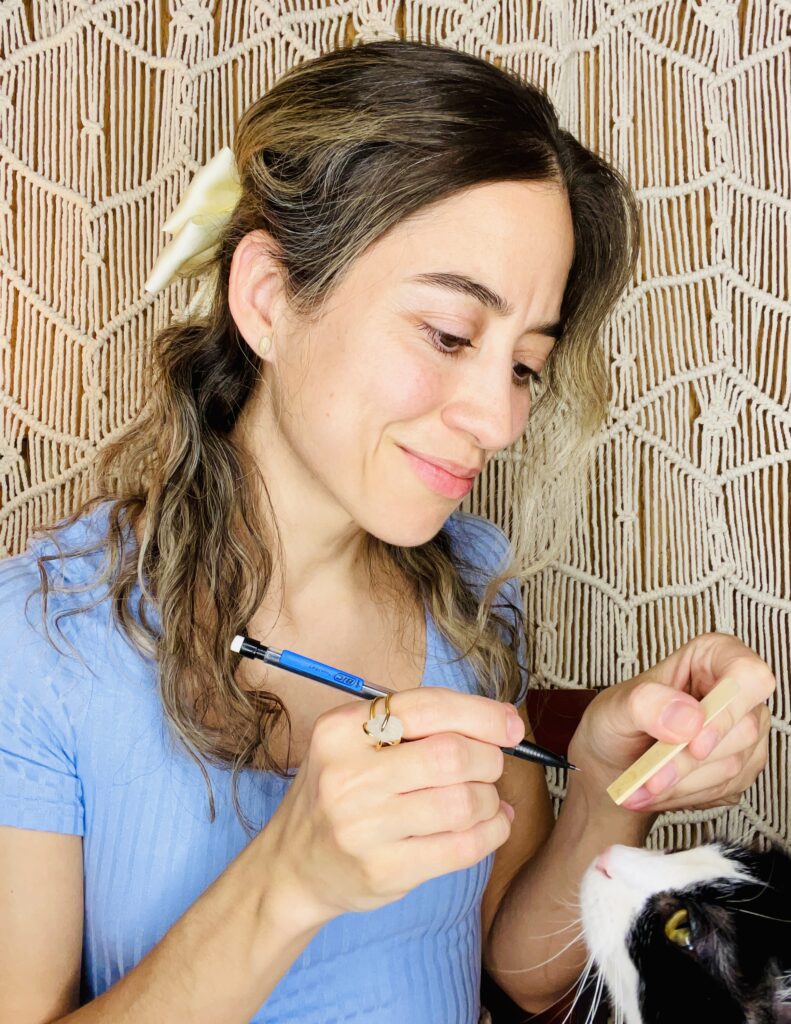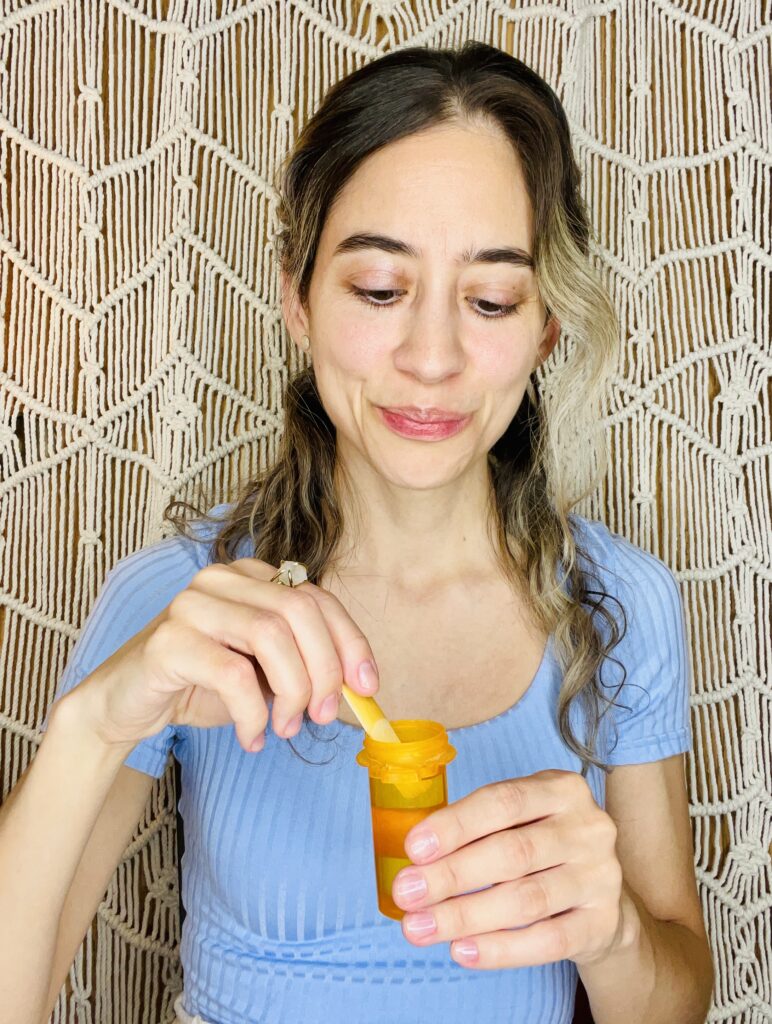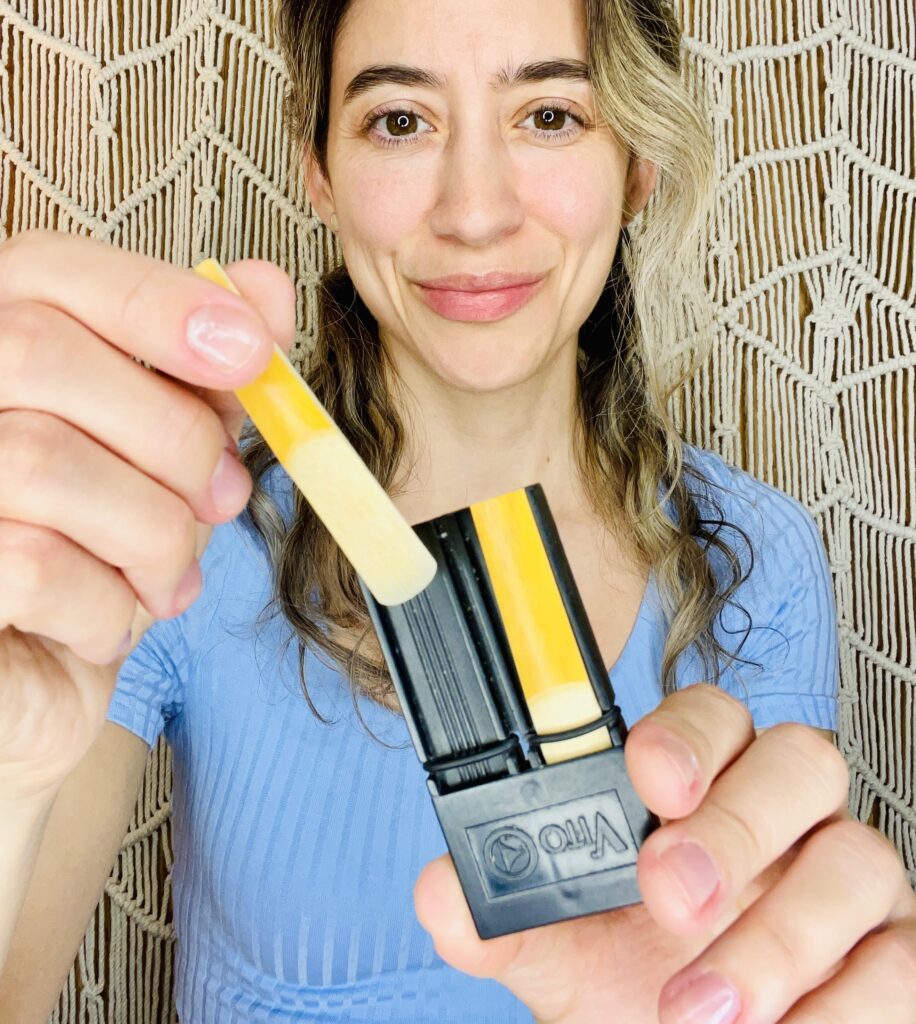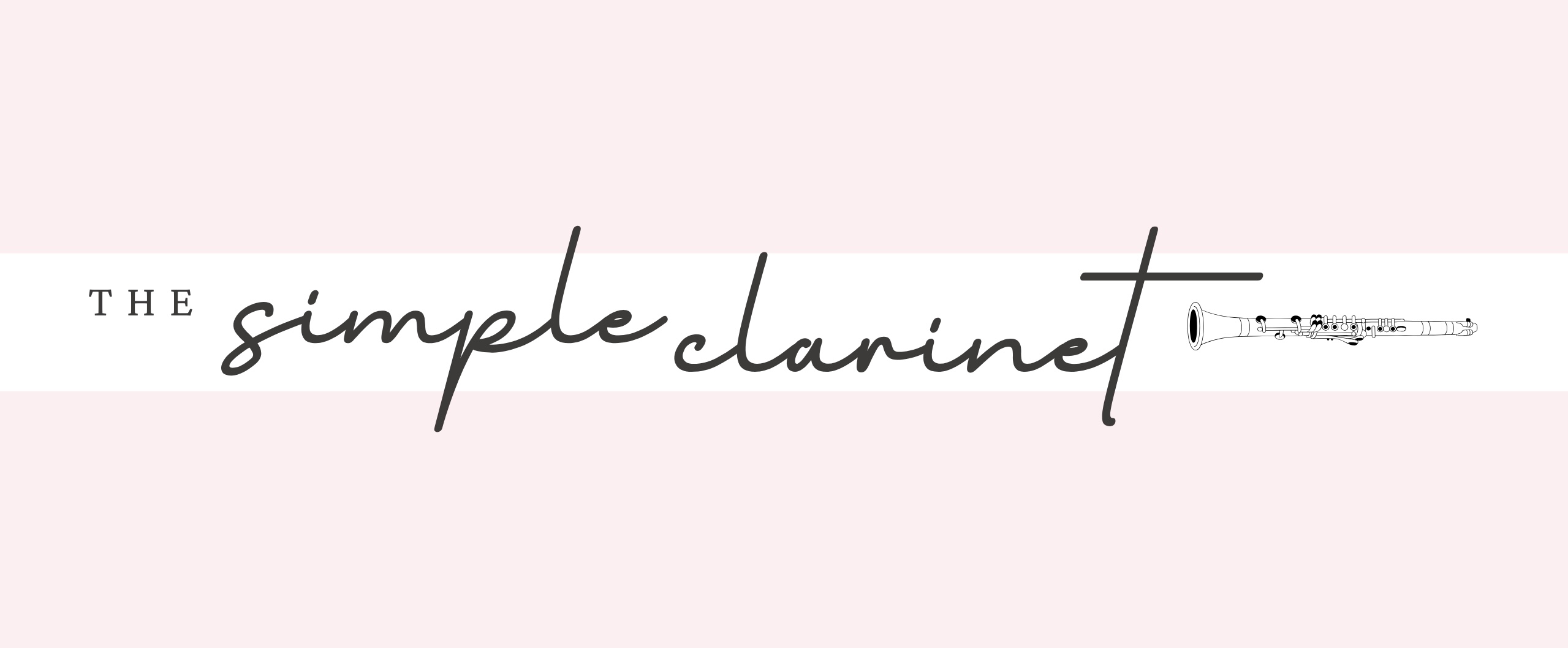Reeds, reeds, reeds! As a clarinet player one of the first things you’ll have to get comfortable with are reeds. These little shaved-popsicle-stick-looking things will determine how you sound and how easy it is for you to play, so it’s best to befriend them from the very start. Below are 3 tips to get your relationship with reeds started on the right track:
Write the date on your reeds

One thing I recommend my students get into the habit of doing on day one is writing the date they start using the reed on the bottom back area of the reed. A great spot I like to use for marking the date is right next to the number that states the reed strength. This helps us understand how old a reed is, how much it’s been used, and can help determine with more clarity why a reed might be starting to have some issues down the line.
Soak your reeds enough before playing them

This one is super important! Often times students don’t keep the reed in their mouth long enough to get it thoroughly soaked and prepped for playing. Or sometimes they don’t soak the reeds at all! A reed will not work properly if it’s not soaked first.
At first, knowing exactly how long to soak a reed can be a bit confusing. I recommend placing the reed in your mouth first thing when you’re getting ready to play, before you start setting up your instrument and your music. By the time you’ve got everything set up, your reed should be ready!
Alternatively, you also could place your reed in a small container filled with water (like a washed out pill case) to soak. Some players don’t like the taste of reeds-If this is you, this might be a good option! This method will also give your reed a good soaking. To test out if it’s ready, play a couple notes and see how it feels and sounds. If your clarinet is sounding a bit dry or airy, take off the reed and soak it for a little while longer.
Store your reeds in a reed guard

After a practice session or performance, you’ll take your instrument apart. This process includes taking your reed off the mouthpiece and putting it away. Please do not leave your reed on your mouthpiece after you’re done playing! I recommend storing your reeds in a reed guard, instead of the plastic coverings they come in. Storing your reeds in a reed guard gives them a flat, aerated surface to lay on while they dry. This helps you have nice, non-moldy, flat reeds the next time you take them out to play. Plus, their playing life will be extended! Woohoo!
I hope these 3 tips help get you over the initial hurdle of trying to make sense of reeds as you embark on your clarinet playing journey! I want to encourage you to make your relationship with reeds a love only relationship, not a love/hate one! Feel free to reach out with any questions. You can also book a lesson with me here!
Disclaimer: This post contains affiliate links. This means I may earn a commission should you chose to make a purchase using my link. By using my link you help support this blog and its content creation. Thank you!
